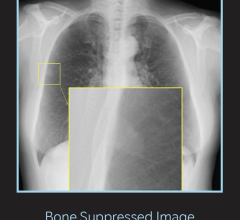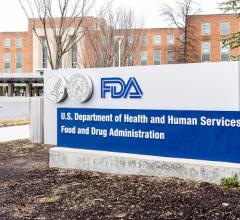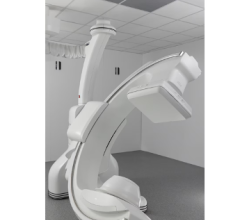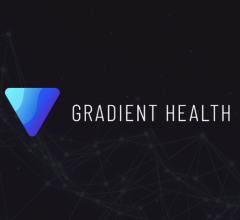June 28, 2012 — The following is being released today by the Cincinnati Children's Hospital Medical Center:
New research in Nature Medicine shows that boosting a protein pathway in the body's blood making system protects mice from otherwise fatal radiation poisoning.
Scientists in the multi-institutional study – posted online by the journal on June 24 — say their findings open the potential for new treatments against radiation toxicity during cancer treatment or environmental exposures — such as in a nuclear explosion or accident.
By identifying a target-specific intervention to protect the hematopoietic system against radiation toxicity, the study addresses a largely unmet challenge, according to the researchers.
The study reveals a previously unknown function of the Thbd-aPC pathway in radiation mitigation. The pathway is normally known for its ability to prevent the formation of blood clots and to help the body fight infections. The researchers found the pathway helps blood cells in the bone marrow recover from injury caused by radiation exposure. They demonstrated that pharmacologic boosting of this pathway with two drugs tested for the treatment of thrombosis or infection (recombinant Thbd and aPC respectively) can be used in mice to prevent death caused by exposure to lethal doses of radiation.
In all instances of treatment with recombinant soluble Thbd or aPC, the result was accelerated recovery of hematopoietic progenitor cell activity in bone marrow and a reduction in the harmful effects of lethal total body irradiation. When treatment was with aPC, these benefits occurred even when treatment was delayed for 24 hours.
The scientists caution their study involves early laboratory research in mice, so it remains to be tested how the findings may translate to human treatment. Researchers also need to determine exactly why the protective function of the targeted Thbd-aPC protein pathway seems to work so well in mice.
Researchers noted that the protective benefits of Thbd-aPC occurred only in vivo in irradiated mouse models. The researchers reported that overexpressed Thbd in irradiated laboratory cell cultures did not offer the same protective benefits, as the cells did not survive. This indicates the protective benefits of Thbd on blood making cells in irradiated mouse models depends on the help of additional cells or molecules in the body, which the researchers are trying to identify in a follow-up study.
The study involves extensive multi-scientist collaborations that combined previously independent lines of research by groups at Cincinnati Children's Hospital Medical Center and the University of Ulm, Germany (led by Hartmut Geiger, Ph.D., Division of Experimental Hematology/Cancer Biology and the Department of Dermatology/Allergic Diseases); the University of Arkansas, Little Rock (led by Martin Hauer-Jensen, M.D., Ph.D., Division of Radiation Health, the College of Pharmacy and the Central Arkansas Veterans Healthcare System); the Blood Research Institute in Milwaukee, Wis. (led by Hartmut Weiler, PhD); and The Scripps Research Institute in La Jolla, Calif. (led by John H. Griffin, Ph.D., Department of Molecular and Experimental Medicine).
The study was supported by funding from The National Institutes of Health, as well as the U.S. Department of Veterans Affairs and the Edward P. Evans Foundation.
Additional co-authors on the study include Snehalata A. Pawar, Edward J. Kerschen, Kalpana J. Nattamai, Irene Hernandez, Hai-Po Liang, Jose A. Fernandez, Jose A. Cancelas, Marnie A. Ryan, Olga Kustikova, Axel Schambach, Qiang Fu, Junru Wang, Louis M. Fink, Karl-Uwe Petersen, Daohong Zhouand Christopher Baum, and the following institutions: Department of Experimental Hematology, Hannover Medical School, Hannover, Germany; the Desert Research Institute, Las Vegas, Nev.; PAION Deutschland GmbH, Aachen, Germany.
For more information: www.cincinnatichildrens.org


 December 11, 2025
December 11, 2025 









